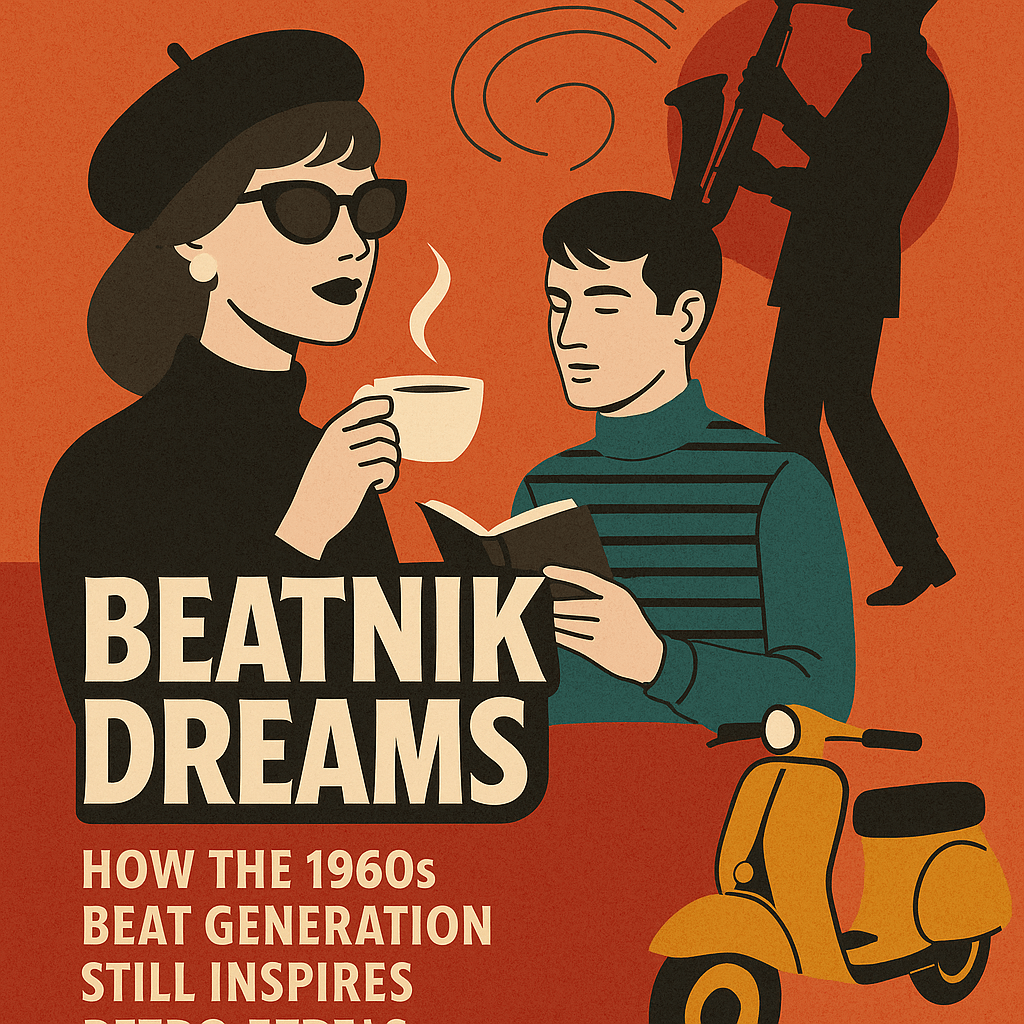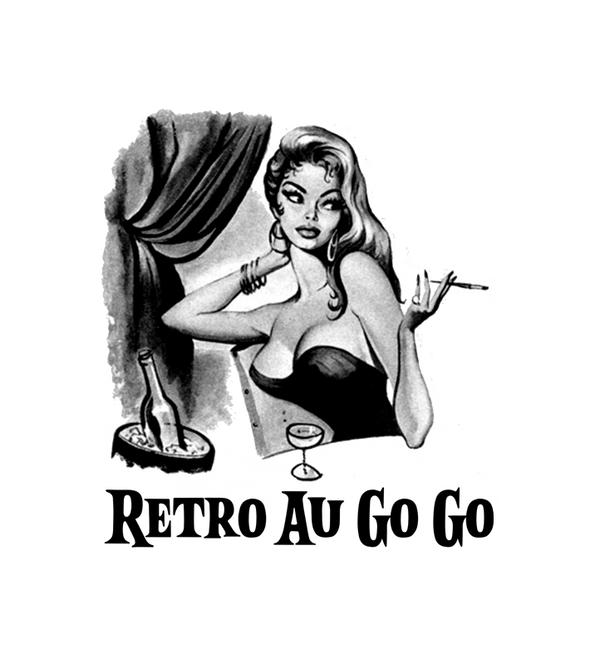
Retro Revolution: Inside the Cool, Creative World of the Beat Generation
Share
The Beat Generation: When Retro Was Radical
Picture it: a smoky café, the faint hum of a jazz bass in the background, and a table of wild-eyed thinkers swapping ideas like currency. It’s the late 1950s rolling into the 1960s, and the Beat Generation is in full swing. These weren’t just writers or artists — they were cultural rebels, the original beatniks, living by the code of anything but ordinary.
Who Were the Beatniks, Anyway?
If you’ve ever seen someone in a black turtleneck with a beret, cigarette in hand, quoting poetry like it’s oxygen, you’ve brushed shoulders with Beatnik style — or at least its modern revival. The Beatniks were the creative misfits of the post-war years, rejecting consumerism in favor of self-expression, travel, and jazz-fueled nights. Their spiritual parents? Writers like Jack Kerouac, Allen Ginsberg, and William S. Burroughs, who turned literature into a free-form road trip.
1960s Cool: Mods, Vintage Threads, and Bohemian Beats
By the early ’60s, Beat culture had spilled over into fashion, music, and attitude. You had the mods zipping through London on scooters, you had the vintage thrift shop revolution starting to simmer, and everywhere you turned, the counterculture was cracking the sidewalk of mainstream life. The Beat Generation wasn’t about trends — they were about freedom. But they accidentally created some of the most iconic retro aesthetics we still love today.
Why We Still Crave That Retro Energy
In an age of hyper-connectivity, there’s something irresistible about the slow-burn pace of the Beatnik era. Conversations lasted hours, not seconds. People read — real paper books, not just glowing screens. Fashion wasn’t fast, it was found: a perfectly worn leather jacket, a vintage skirt, a thrifted beret that seemed to hold all your best ideas.
And maybe that’s why we’re seeing a revival — because retro isn’t just style, it’s soul. The Beat Generation reminds us that creativity doesn’t come from a screen; it comes from living, feeling, and sometimes, just sitting in a dim-lit café scribbling thoughts in a notebook.
Tell me — if the Beatniks were alive today, would they be on Instagram… or would they be hiding from it in a dusty bookshop? Drop your thoughts below and let’s talk retro revolution.
